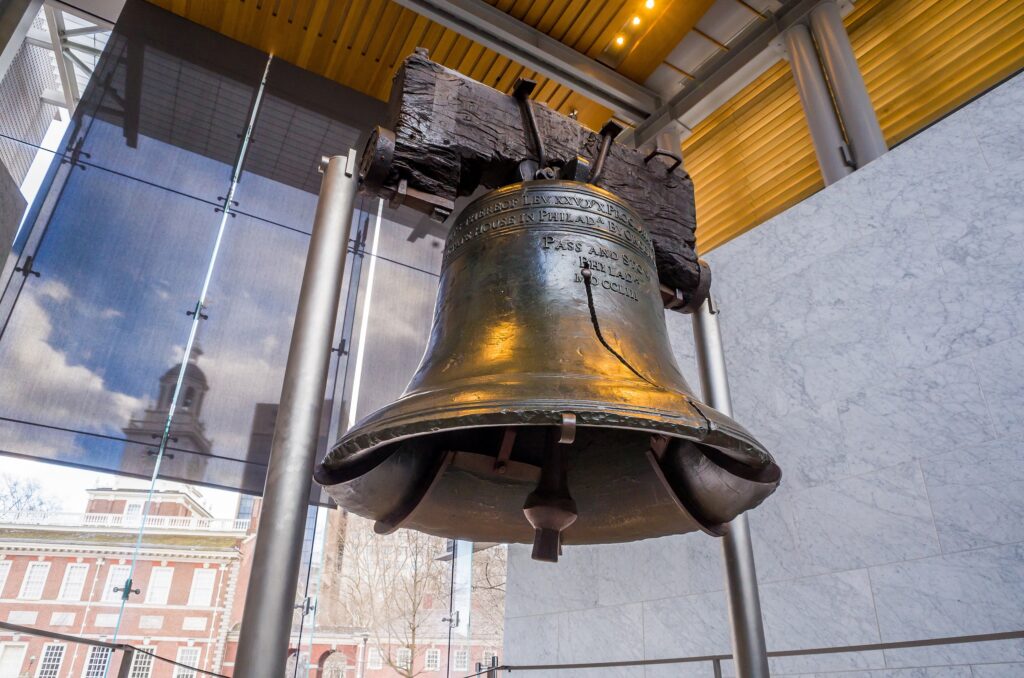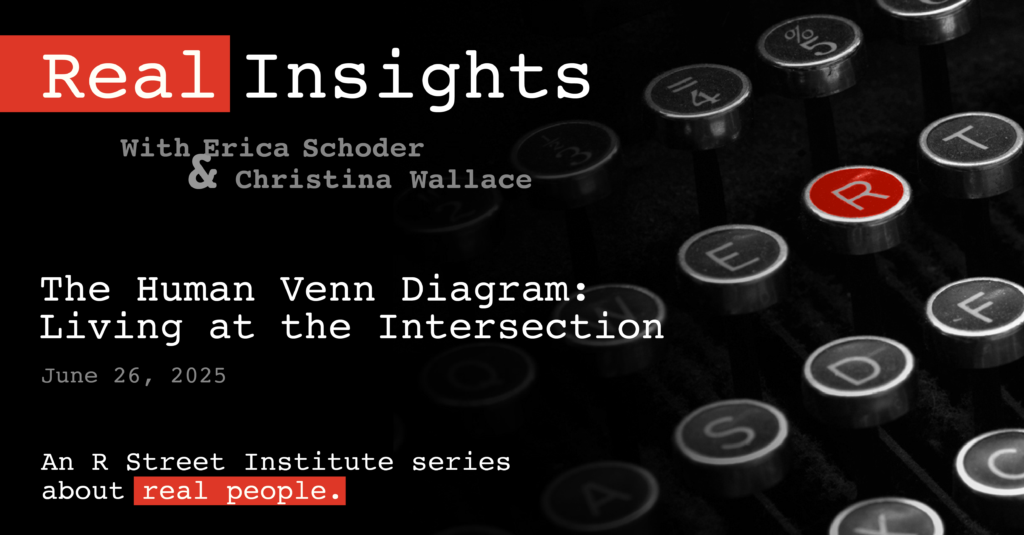The Undesirability of Mandatory Time-Based Sunsets in Dual Class Share Structures: A Reply to Bebchuk and Kastiel
In a 2017 Virginia Law Review article, The Untenable Case for Perpetual Dual-Class Stock, Lucian Bebchuk and Kobi Kastiel made the argument that time-based sunset provisions (a forced unification of shares into one share structure with equal voting rights after a certain period of time) should be a mandatory feature of dual class share structures (classes of common stock with unequal voting rights). Their article has recently been used as authority by the Council of Institutional Investors’ (“CII”) in its petitions to the NASDAQ Stock Market (“NASDAQ”) and the New York Stock Exchange (“NYSE”) to amend their listing standards. The requested amendments would require companies seeking to go public with dual class shares to include in their certificates of incorporation a time-based sunset provision that must go into effect no more than seven years after the initial public offering (IPO) unless minority shareholders vote to extend up to an additional seven years. This delayed unification based on a shareholder vote is incorporated in Bebchuk and Kastiel’s argument.
My article, which is based on comment letters I sent in response to the CII’s petitions, here or here, argues that such a mandatory provision would be extremely unwise and harmful to our most important public companies and their shareholders, current as well as future. As a creation of private ordering, the absence of time-based sunset provisions in dual class share structures serves a significant value enhancing purpose. It prevents the risk that a premature and therefore sub-optimal unification of shares may occur. This risk has so far been ignored by those advocating for the implementation of a mandatory time-based sunset provision. As subsequently discussed, this risk has been ignored because their analysis lacks an appreciation for how the positive skewness in stock market returns negatively impacts the value of mandatory time-based sunset provisions.
Why the Controversy?
Market participants do not allow most companies to enter the public markets with dual class shares and not every company with dual class shares are allowed to omit a time-based sunset provision. This differentiation between IPOs is the result of private ordering. In the words of former SEC Commissioner Troy Paredes, private ordering is that wonderful freedom provided by corporate law that “allows the internal affairs of each corporation to be tailored to its own attributes and qualities, including its personnel, culture, maturity as a business, and governance practices.” As several scholars have noted, “observed governance choices are the result of value maximizing contracts between shareholders and management.”
Unfortunately, there are a number of institutional investors who analyze corporate governance arrangements not through the lens of private ordering but through the lens of shareholder democracy or empowerment. When that occurs one loses sight of what is really important, and that is making sure corporate governance arrangements are used to maximize the wealth of shareholders. It also leads to attacks on the results of private ordering and calls for limitations on its use.
In the case of dual class shares, the attacks have been very strong and impactful. For example, two leading index providers, S&P Dow Jones Indices and FTSE Russell, have succumbed to the pressure and have taken steps to exclude dual class shares from their indices. More recently the attacks on dual class shares have focused on the absence of time-based sunset provisions in IPOs and the call for their mandatory inclusion.
The Argument for Mandatory Time-Based Sunset Provisions
Zohar Goshen and Assaf Hamdani argue that talented insiders may possess an “idiosyncratic vision” that allows their companies to earn excess returns. Therefore, dual class share structures add value by protecting these talented insiders from the interference and distraction caused by restive and uninformed shareholders. For example, back in 2012, Mark Zuckerberg faced a lot of criticism for his decision to have Facebook purchase Instagram for an expected closing price of $1 billion. As late as July 2015, analysts were still wondering if the acquisition would earn money for Facebook. During that time period, without a dual class share structure to protect him, the board of directors may eventually have had second thoughts about allowing the very young Zuckerberg to retain operational control of the company. Instagram is now estimated to have a market value of over $100 billion.
Nevertheless, it is reasonable to argue that the value of a leader’s idiosyncratic vision erodes over time. Even if it doesn’t erode over time, the leader’s mortality will surely put an end to her competitive advantage. It is also reasonable to argue that a leader, who has decided to sell most of her shares over time and retain only a minority of the company’s shares outstanding, may try to avoid the unification of shares. The purpose of such a strategy would be to retain voting control of the company. To retain control, the controller would sell her shares with low voting power but retain shares with high voting power.
As Bebchuk and Kastiel explain, the reason for the controller’s resistance to unification, even though the benefits of a dual class structure has passed, is “that the controller would capture only a fraction of the efficiency gains [of unification], which would be shared by all shareholders, but would fully bear the cost of forgoing the private benefits of control associated with the dual-class structure.” And indeed, empirical evidence appears to bear this out. Thus, it would appear that the problem of a controller wanting to delay unification is a valid concern.
The Persistent Absence of Time-Based Sunset Provisions
Yet, dual class share structures without time-based sunset provisions remain in the majority. For example, the Lyft IPO included a provision requiring unification upon the death or total disability of the last of the co-founders (event-based sunset provision), but not a time-based sunset provision. Therefore, there must be something missing in the prior analysis that makes the absence of such a provision appealing to market participants. That missing element can be found in the path breaking work of Henrick Bessembinder.
Bessembinder observed that there is a significant amount of positive skewness in the returns of individual public companies. He found that “the best-performing 4% of listed companies explain the net gain for the entire US stock market since 1926, as other stocks collectively matched Treasury bills.” Thus, the returns earned by a relatively small number of best-performing companies were critical to the market earning returns above short-term Treasuries.
The understanding that positive skewness exists in stock market returns means that investors are best served if those select few firms who are expected to be the best performers are provided governance arrangements that give them the best shot of reaching their optimum. I believe this is why a few select firms, those companies who are expected to be the best performers, such as Alphabet, Facebook, Berkshire Hathaway, Nike, and Comcast, companies with a combined market value of over $2 trillion, are provided dual class share structures without time-based sunset provisions. The absence of these provisions are a small price to pay for helping to make sure that these companies are allowed to reach their full wealth creating potential.
Yes, on average dual class shares may persist too long without time-based sunset provisions, creating a situation where eventually a very small number of companies, that have not failed, been acquired, or have not gone through a process of voluntary unification, may have common stock that trades below their unification price. However, this is not what market participants are interested in when negotiating such a governance arrangement. They are willing to take the risk of delayed unification if it provides the maximum opportunity for a leader’s idiosyncratic vision to result in that company generating large asymmetric returns.
Finally, the idea of having a mandatory shareholder vote to determine if a dual class share structure should continue for up to another seven years creates new governance problems and does not solve the problem of premature unification. First, such a requirement puts pressure on a company’s leadership to make the objective of its decision making the maintenance of its voting control, not the leveraging of the leader’s idiosyncratic vision for the economic benefit of its shareholders. This cannot be beneficial for shareholders or the company.
Second, according to Fisch and Solomon, “Any expectation that a vote of existing minority shareholders will function efficiently to identify situations in which there is value to retaining a dual class structure is highly problematic.” Shareholders suffer from the problem of asymmetric information and the simple inability of most shareholders to make the proper evaluation of a leader’s idiosyncratic vision. Since the greater risk to shareholders is cutting off the dual class share structure too soon, this makes a shareholder vote on ending the structure an extremely high risk proposition for both the company’s shareholders and its leadership.
Conclusion
How the governance arrangements of IPOs are determined is best handled by market participants through the process of private ordering. If the market is concerned about dual class share structures creating family dynasties, then it will include an event-based sunset provision such as unification upon the death or disability of the controller. As provided by private ordering, the omission of a time-based sunset provision has a defined and obvious benefit, protecting the idiosyncratic vision possessed by those companies who have been identified as possibly turning into one of the stock market’s best performers. In sum, the cost of delayed unification for a handful of companies is immaterial compared to inhibiting even one company from becoming the next Alphabet or Facebook.
The complete article is available here.








